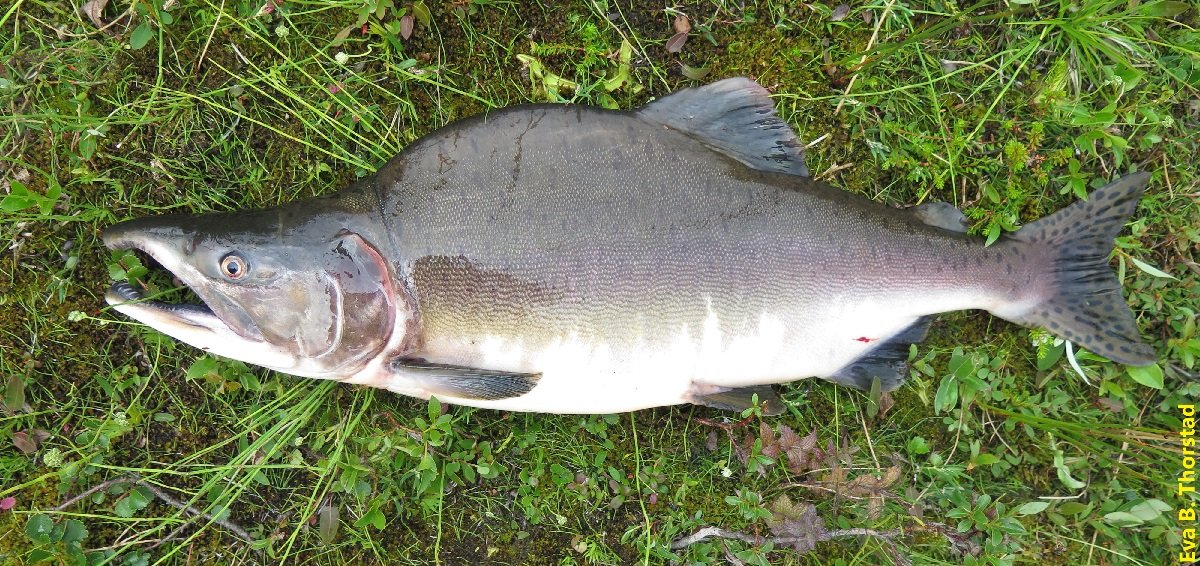PinkSIES
Pink Salmon Invasion of the North Atlantic: Evaluation of Stable Isotopes as a method to detect potential impacts.

Biological invasions threaten global biodiversity and cause billions of Euros of damage to the European economy annually. The recent invasion of Northern Europe by Pacific pink salmon, Oncorhynchus gorbuscha (Walbaum, 1792), has attracted much attention. Introduced into rivers of the White Sea by the USSR (later, as Russia) in the 1950s/1970s up to 2000s, a sudden dramatic increase in occurrence was observed around the North Atlantic in 2017. Negative impacts on native Atlantic salmon stocks are expected, including competition for food at sea, with economic implications for EU, UK, and EFTA member states.
To achieve these aims, stable isotopes of material from pink salmon (otoliths, scale and muscle tissues) will be analysed, along with gut contents of juveniles and predators. Whilst stable isotopes have been used to study the distribution of salmon in the oceans, this is the first time that the approach will be used to assess the impact of an invasive fish species on native species at sea, as well as application of a novel otolith derived isotope proxy to establish their sensitivity to global warming.
Financed by the European Commission Marie Curie Individual Fellowship, PinkSIES represents a holistic study of this invading species: the results will expand our knowledge of the environmental biology of this invasive species in Europe and provide a scientific basis for decision-makers responsible for protecting the wild Atlantic salmon stocks.
The project is carried out by research fellow – Michał Skóra, Ph.D. (University of Gdańsk) under the supervision of Prof. Iwan Jones, Dr Bryony Townhill (Centre for Environment, Fisheries and Aquaculture Science Centre (Cefas), and Prof. Gordon H. Copp (Cefas) with scientific and biological support of collaborators from seven countries.
This project has received funding from the European Union’s Horizon 2020 Research and Innovation Programme under the Marie Skłodowska-Curie grant agreement No 101026030
- Distribution of pink salmon feeding grounds in the NE Atlantic.
- Extent of co-occurrence and potential competition between pink & Atlantic salmon in ocean waters.
- The effect of climate warming on the future distribution of pink salmon in the NE Atlantic.
- Interaction between pink salmon and native species during the freshwater phase.
















